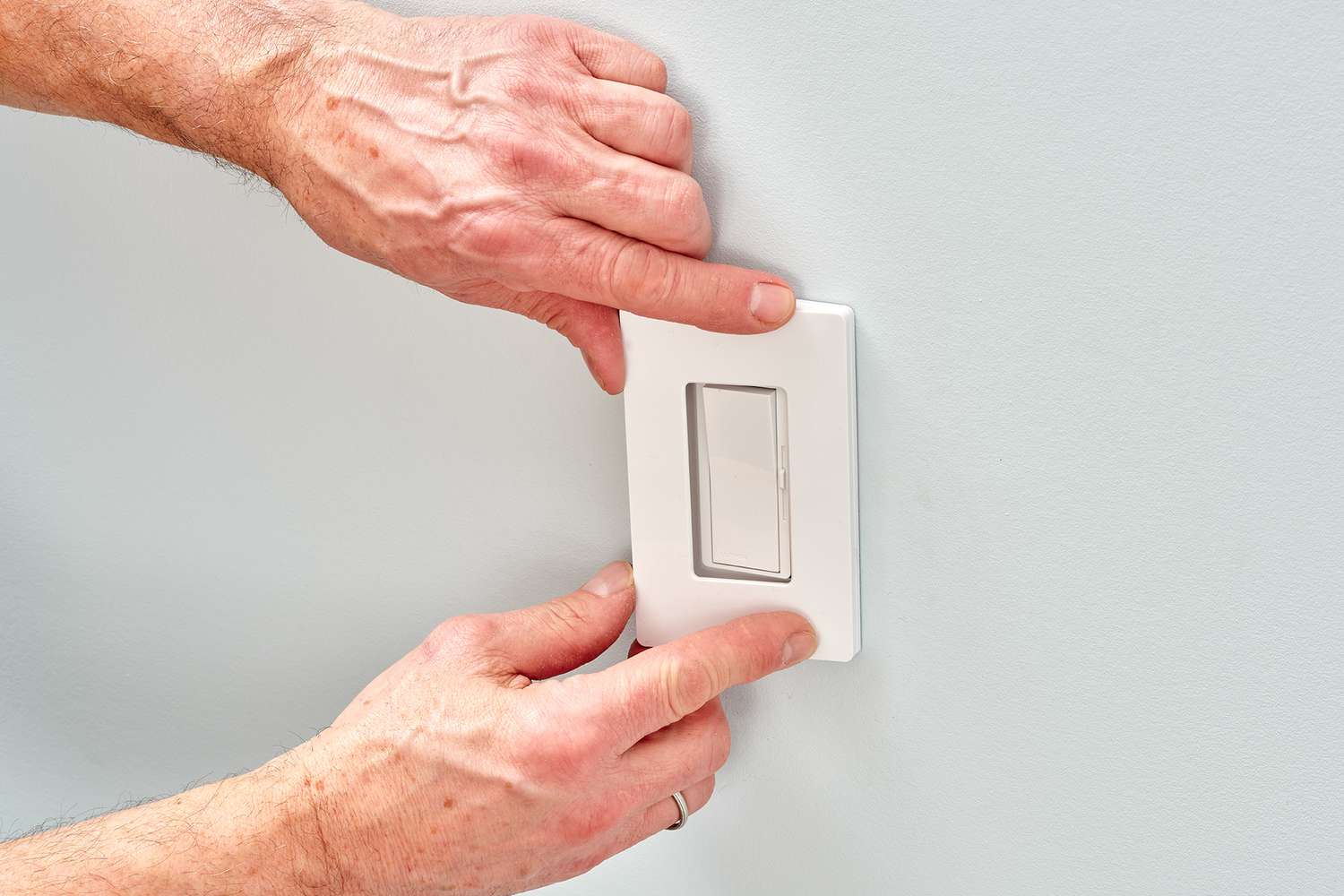

Articles
Why Does My Dimmer Switch Flicker
Modified: December 7, 2023
Learn why your dimmer switch may flicker and find helpful articles to troubleshoot and fix the issue, ensuring a smooth lighting experience.
(Many of the links in this article redirect to a specific reviewed product. Your purchase of these products through affiliate links helps to generate commission for Storables.com, at no extra cost. Learn more)
Introduction
A dimmer switch is a handy device that allows you to adjust the brightness of your lights, creating the perfect ambiance for any occasion. Whether you want to create a cozy atmosphere in your living room or set the mood for a romantic dinner, a dimmer switch gives you the flexibility to control the lighting to suit your needs.
However, if you’ve noticed that your dimmer switch is flickering, it can be quite frustrating. Not only is the constant flickering annoying, but it can also be a sign of an underlying issue that requires attention. In this article, we will delve into the causes of dimmer switch flickering, its effects, and how to troubleshoot and prevent it from happening again.
But before we dive into the details, let’s have a better understanding of what a dimmer switch is and how it works.
Key Takeaways:
- Dimmer switch flickering can be caused by overloaded circuits, incompatible bulbs, improper wiring, loose connections, and voltage fluctuations. Addressing these issues promptly can prevent reduced bulb lifespan and potential electrical damage.
- Regular maintenance, using compatible bulbs, and ensuring proper installation and wiring are essential for preventing dimmer switch flickering. Seeking professional help for persistent issues is crucial for maintaining a safe and efficient lighting system.
Read more: Why Is My Dimmer Switch Hot
Understanding Dimmer Switches
A dimmer switch is an electrical device that allows you to adjust the brightness of a light fixture. It replaces a standard on/off switch and provides a range of lighting options. With a dimmer switch, you can achieve anything from full brightness to a soft, subtle glow.
So, how does a dimmer switch work? Unlike a regular switch that simply turns the lights on or off, a dimmer switch controls the flow of electrical current to the light fixture. It lowers the voltage supplied to the bulbs, which in turn reduces the amount of light output. By adjusting the voltage, the dimmer switch alters the brightness of the lights.
Dimmer switches come in different types to suit various needs and lighting setups. Here are some common types of dimmer switches:
- Rotary Dimmer Switch: This type of dimmer switch features a knob that you rotate to adjust the lighting level. Turning the knob clockwise increases the brightness, while turning it counterclockwise reduces it. Rotary dimmer switches are often used in residential settings.
- Slider Dimmer Switch: Slider dimmers have a sliding control mechanism to adjust the lighting intensity. You simply move the slider up or down to increase or decrease the brightness. These switches are popular for their ease of use and precise control.
- Toggle Dimmer Switch: Toggle dimmer switches resemble regular on/off switches but have an additional toggle that allows you to adjust the dimming level. They are commonly used in rooms where a simple on/off switch is desired, but with the added benefit of dimming capability.
- Touch Dimmer Switch: Touch dimmer switches have a sleek, modern design and operate with a simple touch. They often feature a touch-sensitive panel, allowing you to tap or swipe to adjust the brightness. These switches are popular for their aesthetics and user-friendly interface.
Each type of dimmer switch offers different features and benefits, so it’s important to choose the one that best suits your needs and matches your lighting fixture.
Causes of Dimmer Switch Flickering
If you’re experiencing flickering lights with your dimmer switch, there can be several potential causes. Understanding these causes will help you identify the problem and take appropriate measures to fix it. Here are some common causes of dimmer switch flickering:
- Overloaded circuit: Dimmer switches are designed to handle a specific load capacity. If you have too many lights or fixtures connected to a single dimmer switch, it can overload the circuit and cause flickering. This is especially common if you’ve added more lights to a circuit without considering the dimmer’s capacity.
- Incompatible light bulbs: Not all light bulbs are compatible with dimmer switches. Using the wrong type of bulb can cause flickering or inconsistent dimming. Make sure to check the packaging or manufacturer’s specifications to ensure that the light bulbs you’re using are labeled as “dimmable.”
- Improper wiring: If the dimmer switch or the associated wiring is not installed correctly, it can lead to flickering. Poorly connected wires or loose terminals can cause intermittent electrical contact, resulting in flickering lights.
- Loose connections: Over time, the connections between the switch, wiring, and light fixtures can become loose due to regular use or external factors. Loose connections can interrupt the flow of electricity and cause flickering. It’s important to check for any loose or corroded connections and tighten them if necessary.
- Voltage fluctuations: Fluctuations in the voltage supplied to the dimmer switch can also cause flickering. This can occur due to issues with the electrical supply, such as power surges or voltage drops. If the flickering is consistent across multiple light fixtures, it may indicate a problem with the power source.
Identifying the specific cause of dimmer switch flickering can sometimes be challenging, as it may involve multiple factors. It’s a good idea to consult a qualified electrician if you’re unsure about the cause or if the flickering persists despite troubleshooting efforts.
Effects of Dimmer Switch Flickering
Flickering lights caused by a dimmer switch can have various effects, some of which may be more than just a nuisance. Understanding these effects will help you realize the importance of addressing dimmer switch flickering promptly. Here are some potential effects:
- Flickering lights: The most obvious effect of dimmer switch flickering is the annoying flickering of the lights themselves. This rapid on-off cycling of the lights can be distracting, especially in rooms where a stable and consistent lighting environment is desired.
- Reduced lifespan of bulbs: Flickering lights can also reduce the lifespan of your light bulbs. The constant fluctuations in voltage can put additional stress on the filaments or electronic components inside the bulbs, causing them to wear out faster. This can result in more frequent bulb replacements, which can be both time-consuming and costly.
- Potential for electrical damage: Dimmer switch flickering may indicate an underlying electrical issue that, if left unattended, can lead to more significant problems. Fluctuations in voltage and inconsistent electrical flow can put strain on the electrical system, potentially causing damage to the switch, wiring, or other connected devices.
- Safety concerns: Faulty dimmer switches or improperly installed wiring can pose safety hazards. Loose connections, overheating, or other electrical issues can increase the risk of electrical fires or shocks. It is crucial to address any dimmer switch flickering promptly to ensure the safety of your home and its occupants.
It’s important to note that persistent flickering or any other electrical issues should not be ignored. If you experience flickering lights or suspect a problem with your dimmer switch, it’s recommended to seek the assistance of a licensed electrician. They can accurately diagnose the issue and provide the necessary repairs or replacements to restore proper functioning and maintain a safe electrical system.
Check the compatibility of your dimmer switch with the type of light bulbs you are using. Some dimmer switches are not compatible with certain LED or CFL bulbs, which can cause flickering.
Troubleshooting Dimmer Switch Flicker
If you’re experiencing flickering lights with your dimmer switch, there are several troubleshooting steps you can take to identify and resolve the issue. Here are some common troubleshooting methods for dimmer switch flicker:
- Checking for overloading: Start by assessing the load capacity of your dimmer switch. Make sure that you’re not exceeding the maximum wattage or ampere rating specified by the manufacturer. If you have too many lights or fixtures connected to the dimmer switch, consider redistributing them across multiple switches or using a higher-capacity dimmer.
- Ensuring compatibility of light bulbs: Verify that the light bulbs being used are compatible with the dimmer switch. Non-dimmable bulbs may cause flickering or inconsistent dimming. Look for light bulbs labeled as “dimmable” or consult the manufacturer’s specifications to confirm compatibility. Replacing non-dimmable bulbs with dimmable ones can often resolve flickering issues.
- Inspecting wiring connections: Examine the wiring connections to ensure they’re secure and properly connected. Loose or faulty wiring can disrupt the electrical flow, leading to flickering. Turn off the power at the circuit breaker and carefully inspect the connections at the dimmer switch, light fixtures, and electrical box. Tighten any loose connections and ensure proper grounding.
- Addressing voltage fluctuations: If voltage fluctuations are suspected, you may need to investigate the power supply. Consult an electrician or utility provider to assess the electrical system and determine if there are any issues affecting the voltage stability. Installing a voltage stabilizer or surge protector can help mitigate fluctuations and minimize flickering.
If these troubleshooting steps do not resolve the dimmer switch flickering issue, or if you’re unsure of how to proceed, it’s recommended to seek assistance from a qualified electrician. They have the expertise and knowledge to diagnose and repair complex electrical issues and ensure the safe and efficient operation of your dimmer switch and lighting system.
Read more: Why Is My Dimmer Switch Buzzing
Prevention and Maintenance
To prevent dimmer switch flickering and ensure the smooth operation of your lighting system, it’s important to take proactive measures and implement regular maintenance routines. Here are some key steps you can take:
- Using compatible bulbs: Always use light bulbs that are specifically labeled as “dimmable” with your dimmer switch. Using non-dimmable bulbs can lead to flickering and other issues. Check the packaging or consult the manufacturer’s specifications to ensure compatibility. Using compatible bulbs will ensure optimal performance and reduce the risk of flickering.
- Proper installation and wiring: When installing or replacing a dimmer switch, ensure that it is done correctly. Follow the manufacturer’s instructions and guidelines for installation. Ensure tight and secure wiring connections, and use appropriate wire connectors. Improper installation or loose connections can lead to flickering and other electrical problems. If you’re uncertain about the installation process, it’s best to hire a licensed electrician.
- Regular maintenance and inspection: Make it a habit to perform routine maintenance and inspection of your dimmer switches and lighting fixtures. Regularly inspect the wiring connections, looking for any signs of damage, corrosion, or loose connections. Clean the switches and remove any dust or debris that may affect their performance. Additionally, check for any signs of flickering or other issues with your lights. Promptly address any problems that arise.
By using compatible bulbs, ensuring proper installation and wiring, and conducting regular maintenance and inspections, you can minimize the risk of dimmer switch flickering and maintain a reliable and efficient lighting system in your home.
Remember, if you encounter persistent or complex issues with your dimmer switch or lighting system, it’s always best to seek the assistance of a qualified electrician. They can provide professional guidance, diagnose any underlying problem, and ensure the safe and optimal operation of your dimmer switch and lights.
Conclusion
Flickering lights with a dimmer switch can be frustrating and indicate underlying issues that need attention. Understanding the causes, effects, and troubleshooting methods for dimmer switch flickering is crucial in maintaining a reliable and efficient lighting system in your home.
By checking for overloading, ensuring compatibility of light bulbs, inspecting wiring connections, and addressing voltage fluctuations, you can troubleshoot and resolve many flickering issues. It’s important to perform these troubleshooting steps carefully, following safety guidelines and turning off the power when necessary. If in doubt, always consult a licensed electrician.
Prevention and maintenance are key to avoiding dimmer switch flickering. Use compatible light bulbs designated as “dimmable” to ensure proper operations. Proper installation, wiring, and regular maintenance and inspection of your dimmer switches and lighting fixtures are essential to mitigate the risk of flickering and other electrical problems.
Remember, persistent flickering or any other electrical issues should not be ignored, as they can lead to reduced bulb lifespan, potential electrical damage, and safety concerns. If you’re unsure about any electrical issues or if troubleshooting efforts do not resolve the problem, it’s best to seek professional help.
By taking the necessary precautions and addressing flickering promptly, you can enjoy the benefits of a dimmer switch without the annoyance and potential hazards of flickering lights. Create the perfect ambiance in your home and ensure a safe and comfortable lighting experience with a well-operating dimmer switch.
Frequently Asked Questions about Why Does My Dimmer Switch Flicker
Was this page helpful?
At Storables.com, we guarantee accurate and reliable information. Our content, validated by Expert Board Contributors, is crafted following stringent Editorial Policies. We're committed to providing you with well-researched, expert-backed insights for all your informational needs.
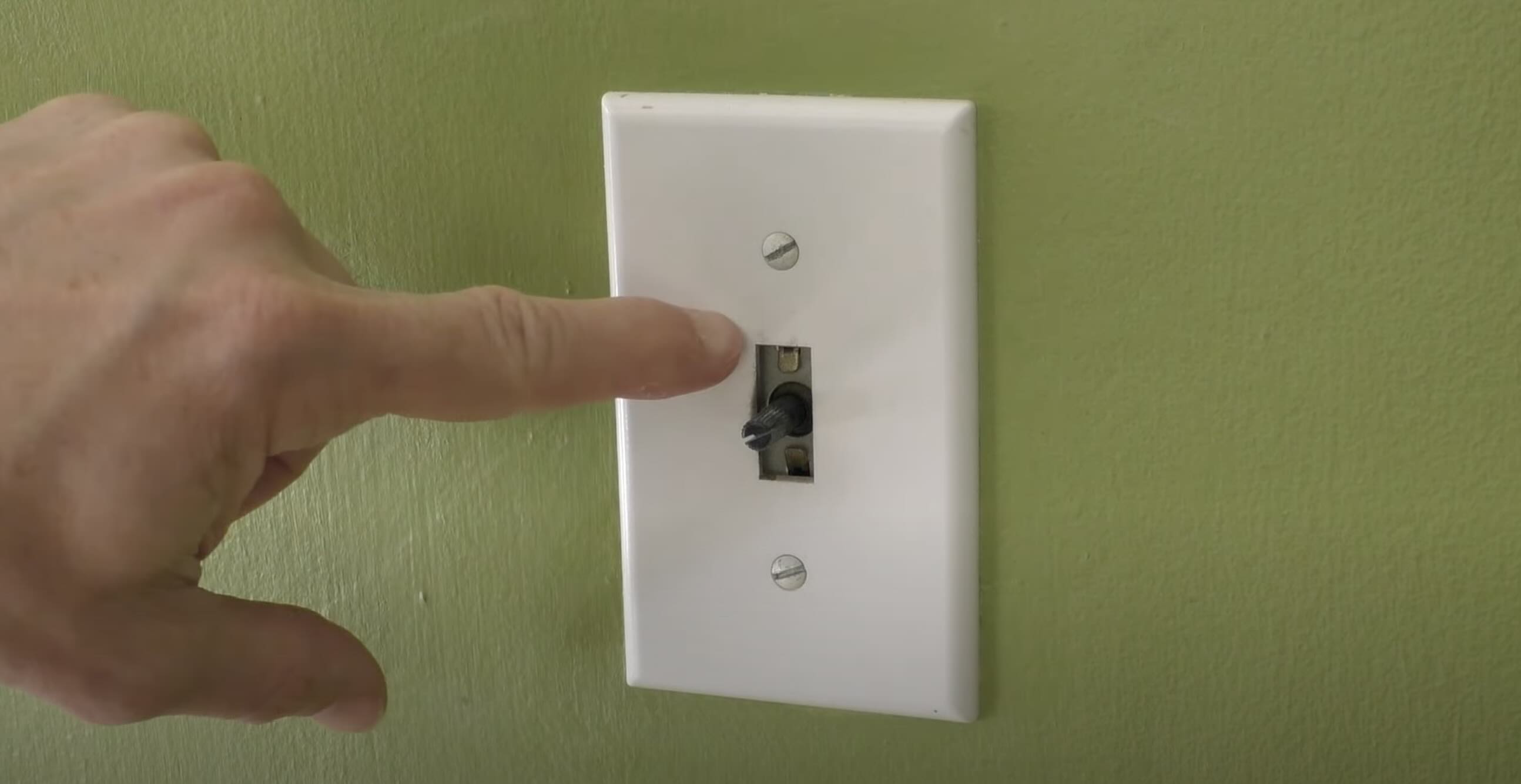
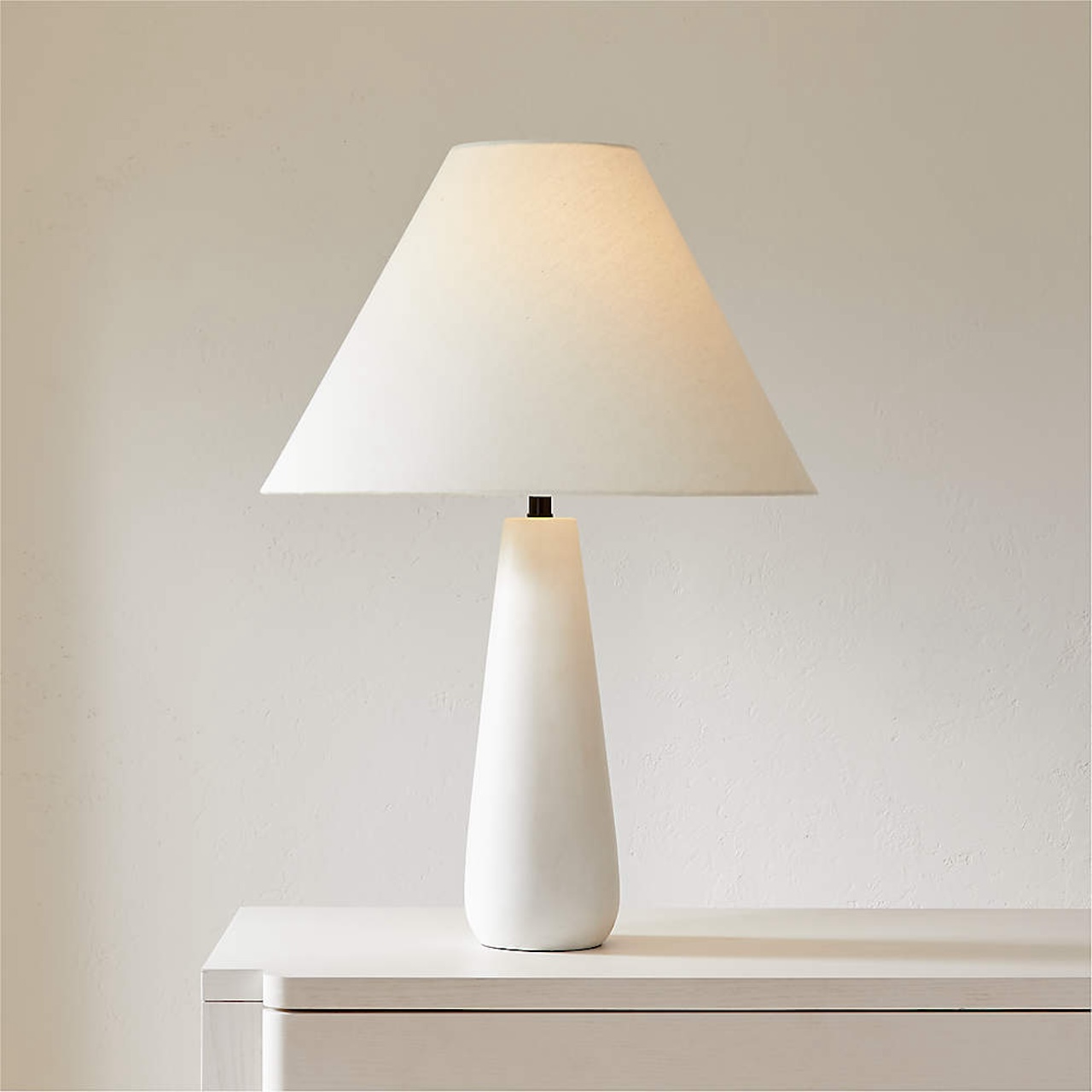

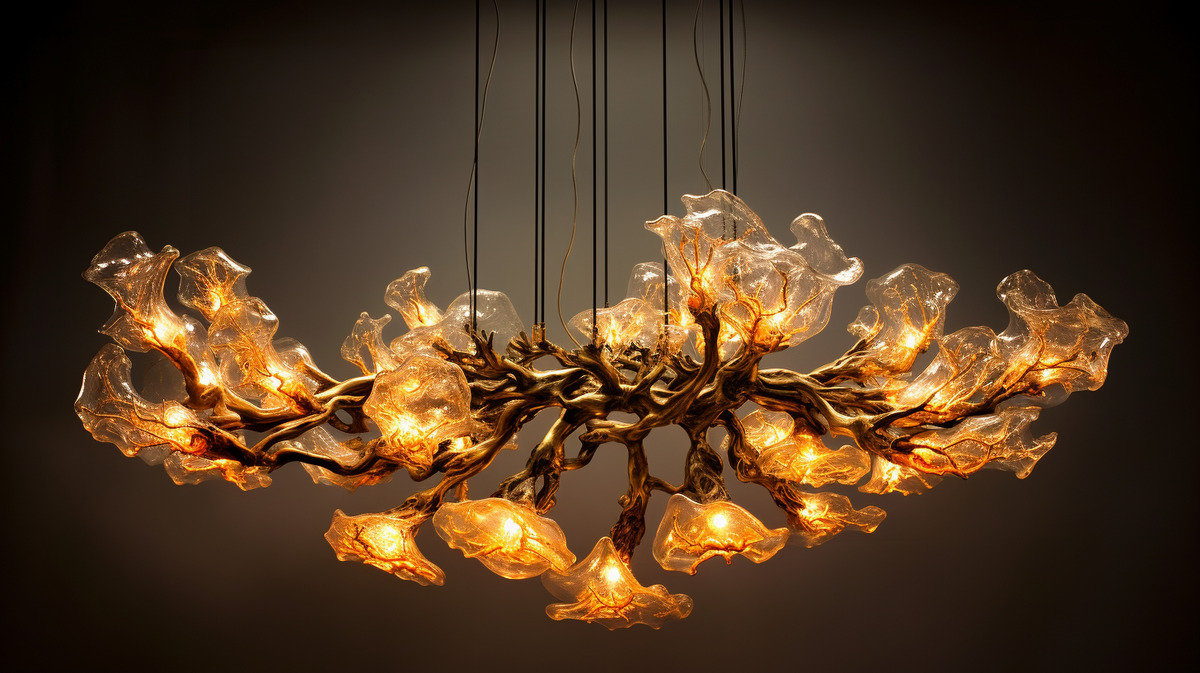
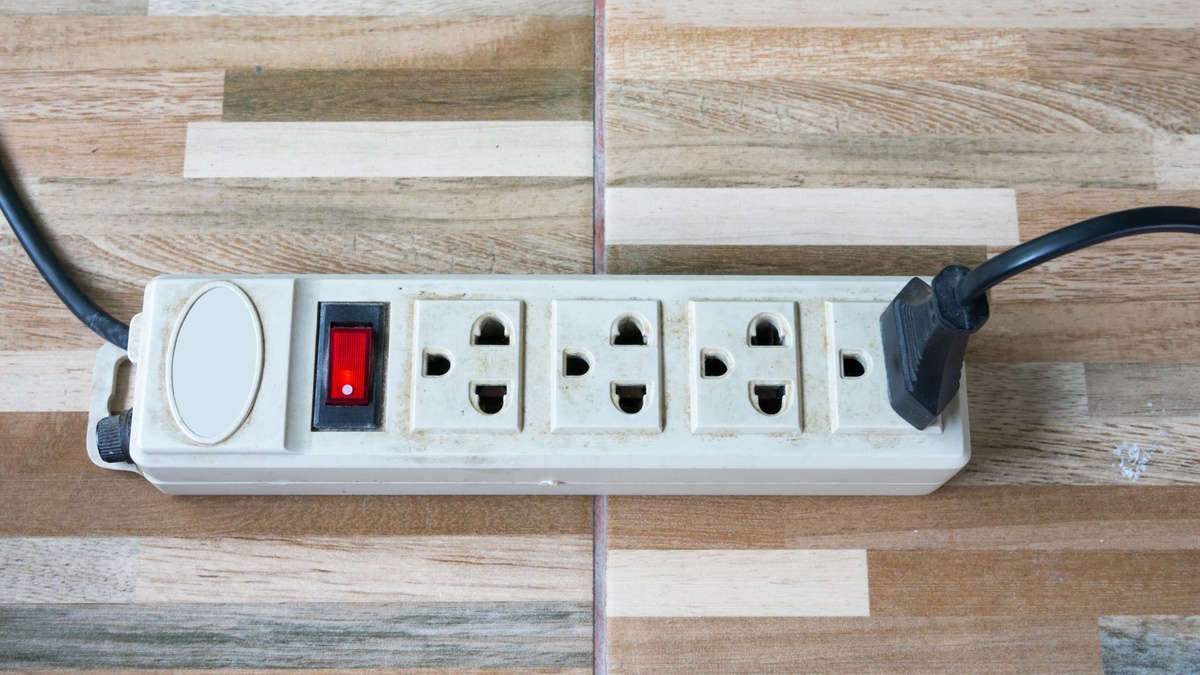

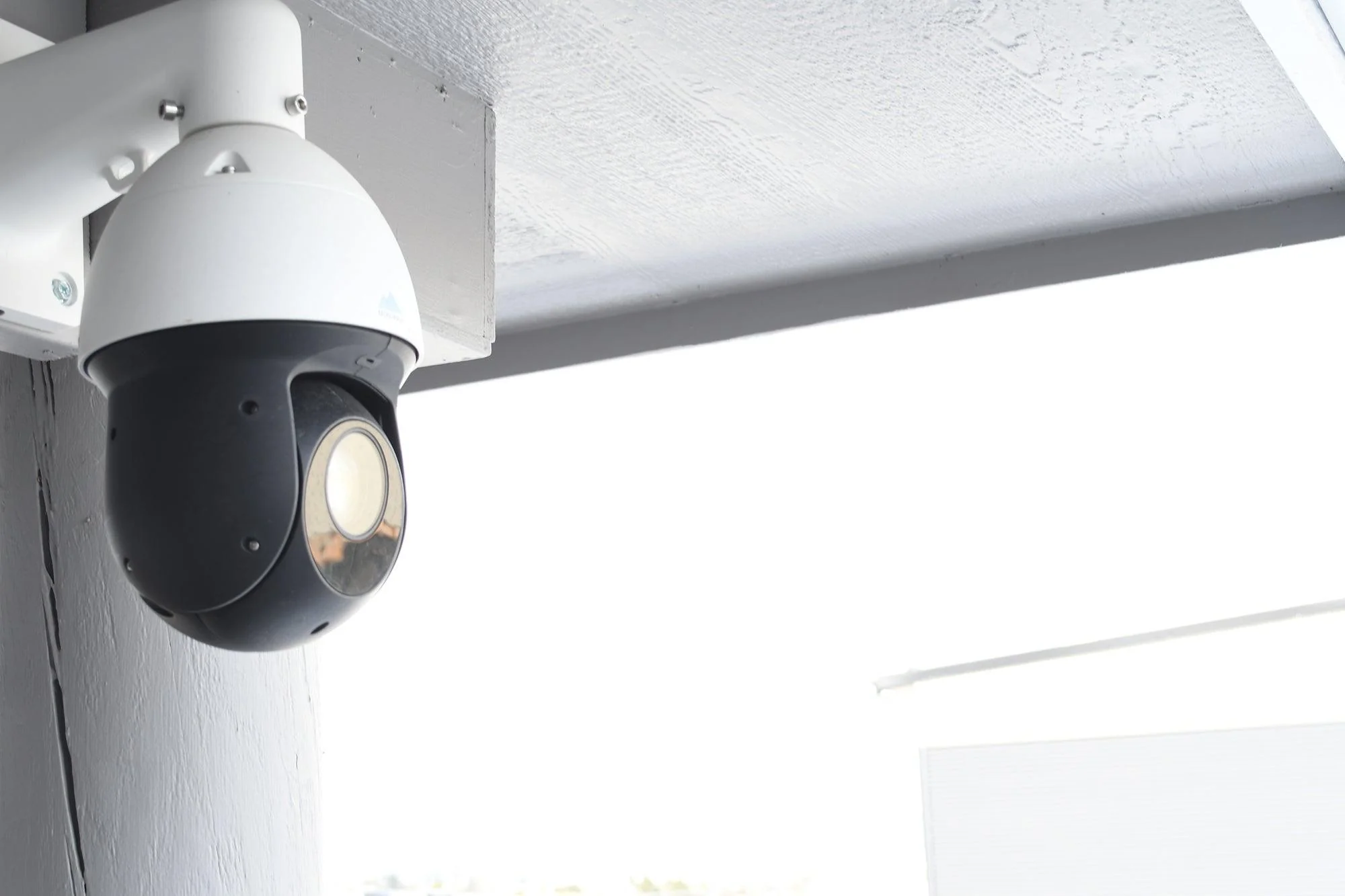
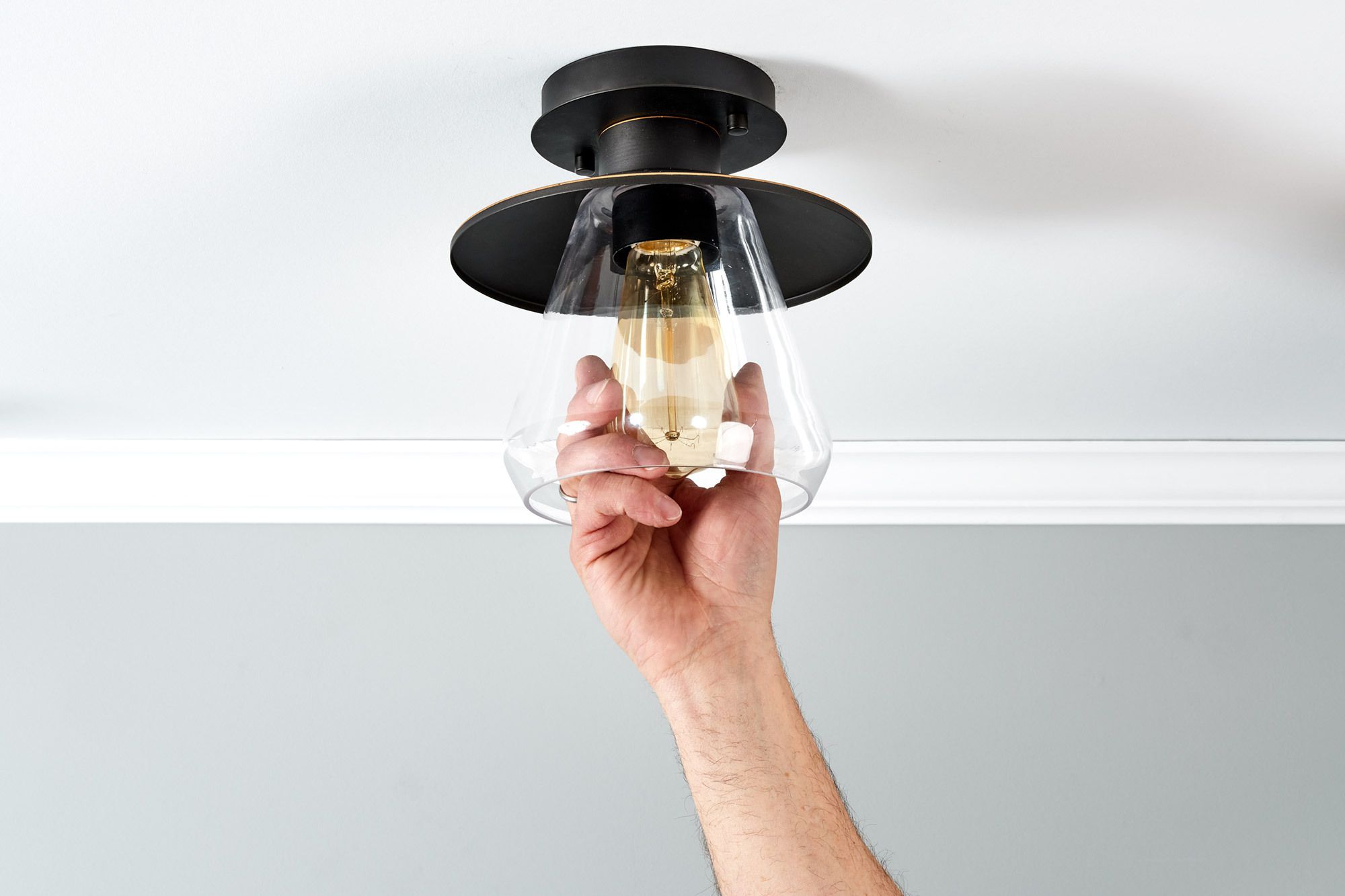
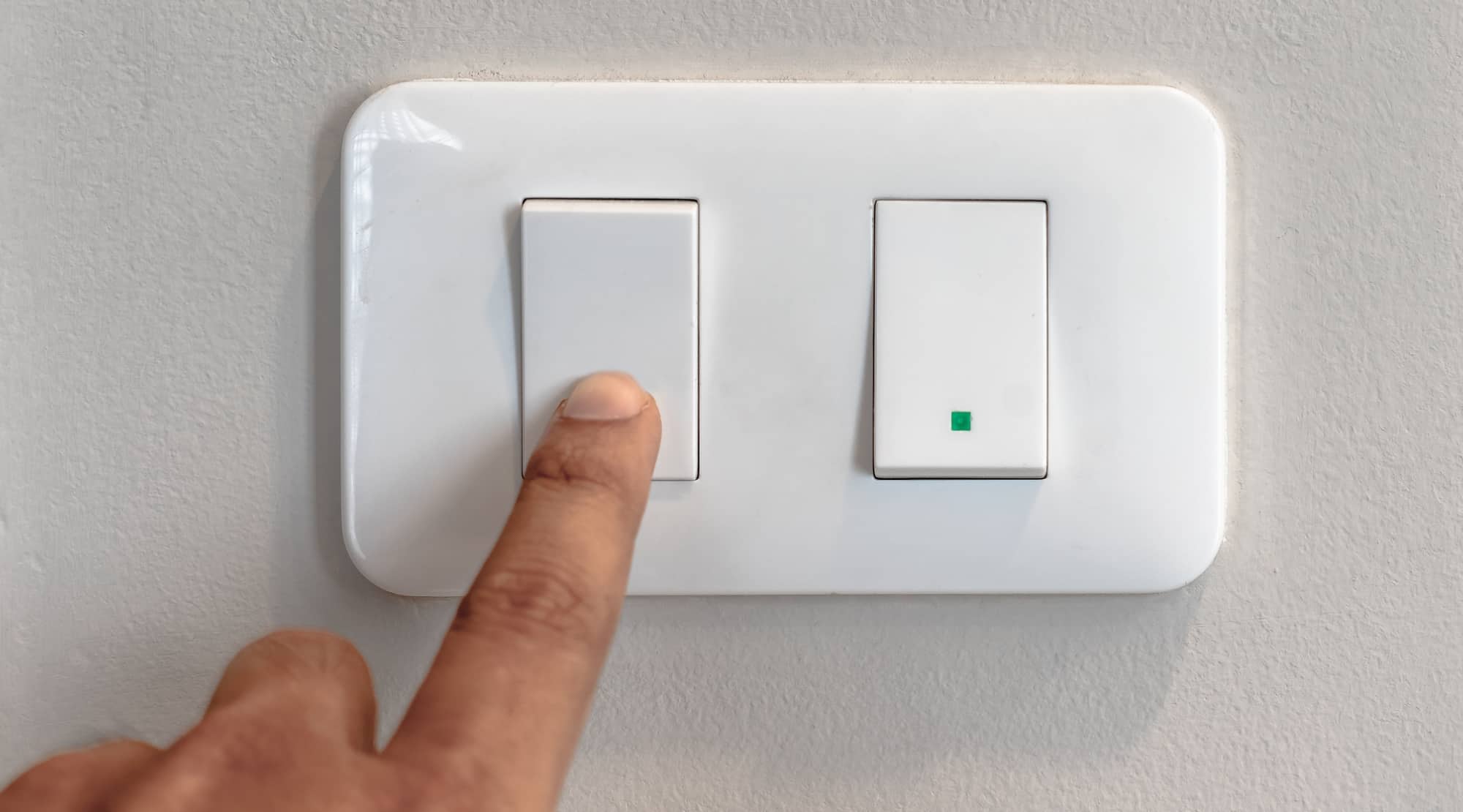
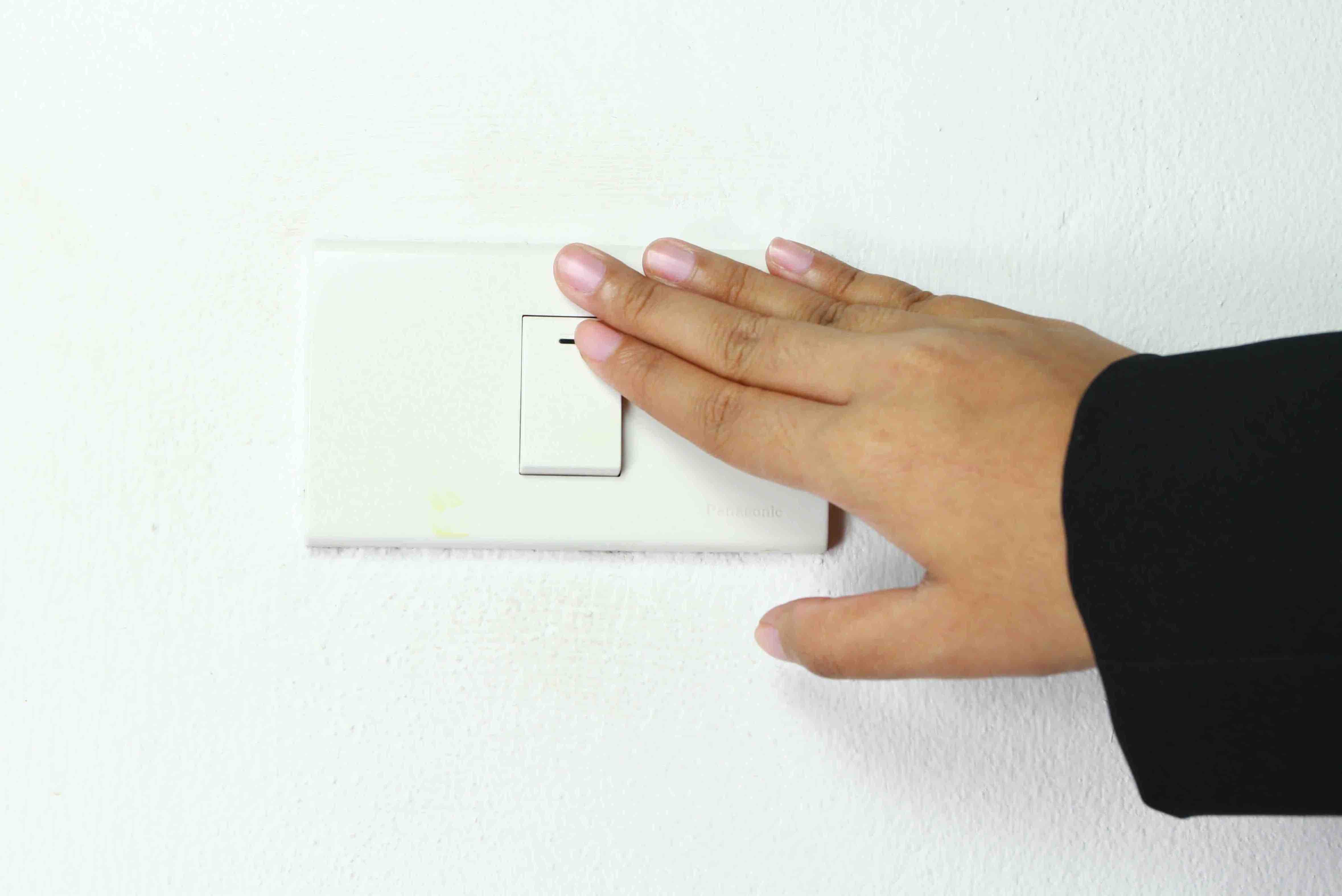

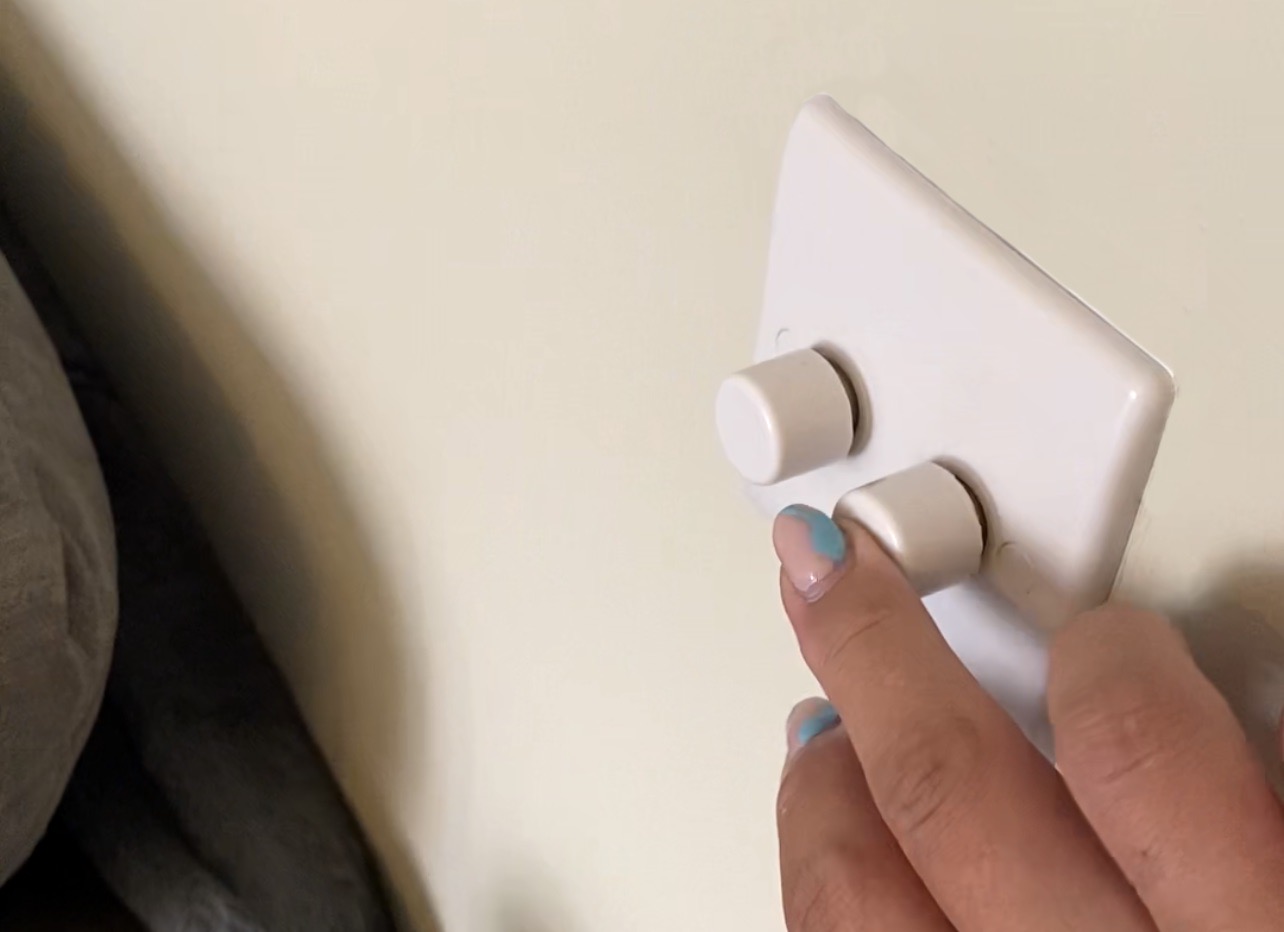
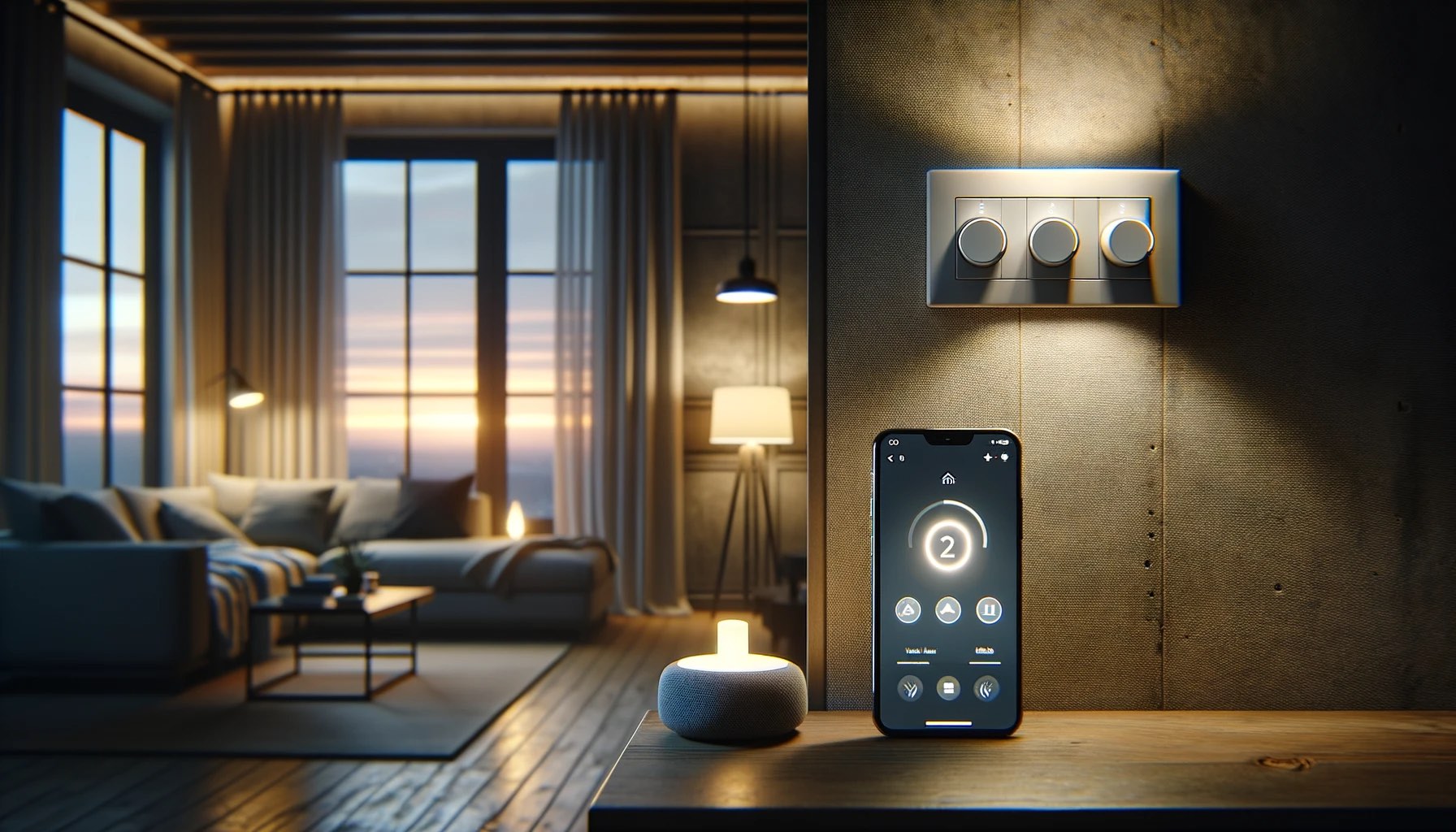
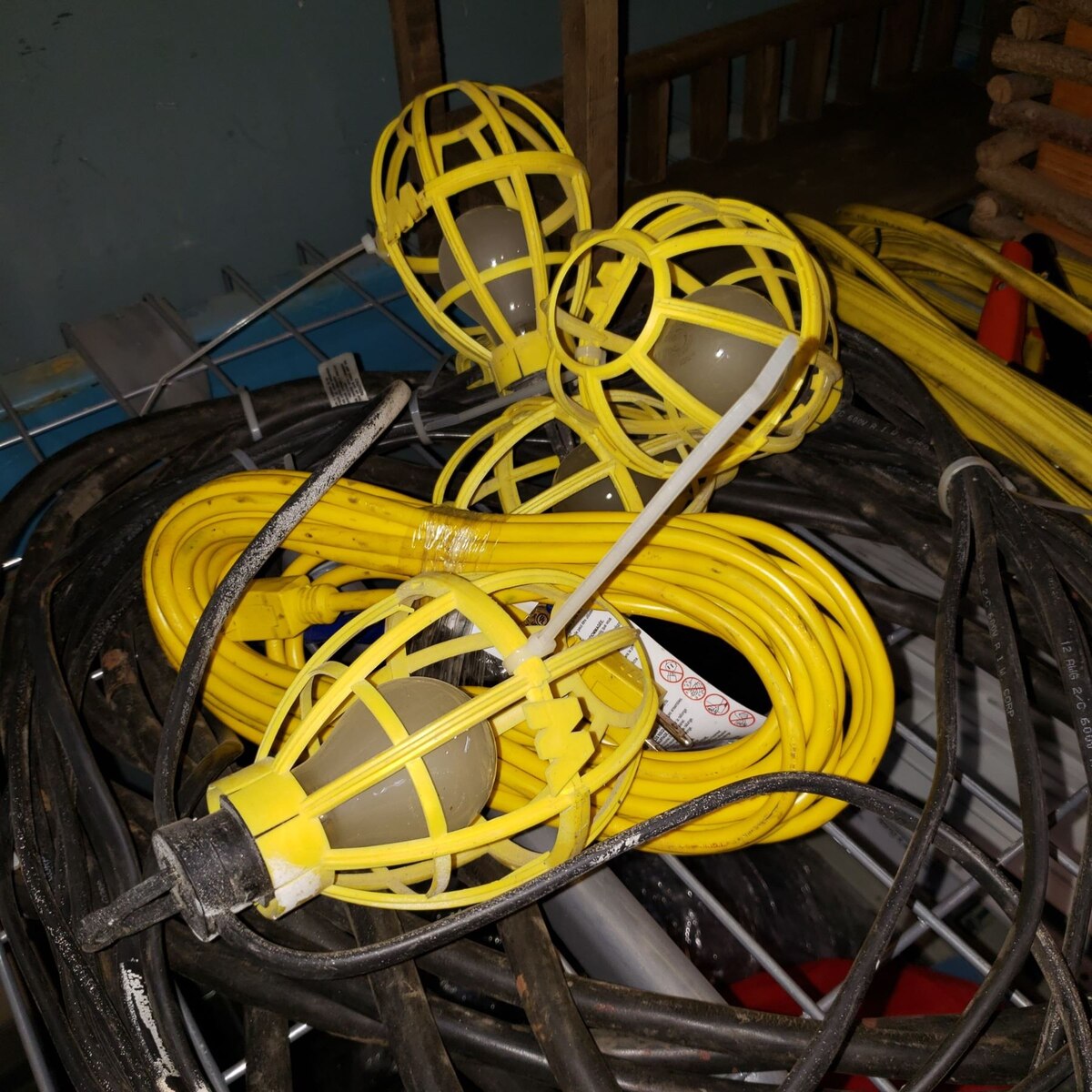

0 thoughts on “Why Does My Dimmer Switch Flicker”